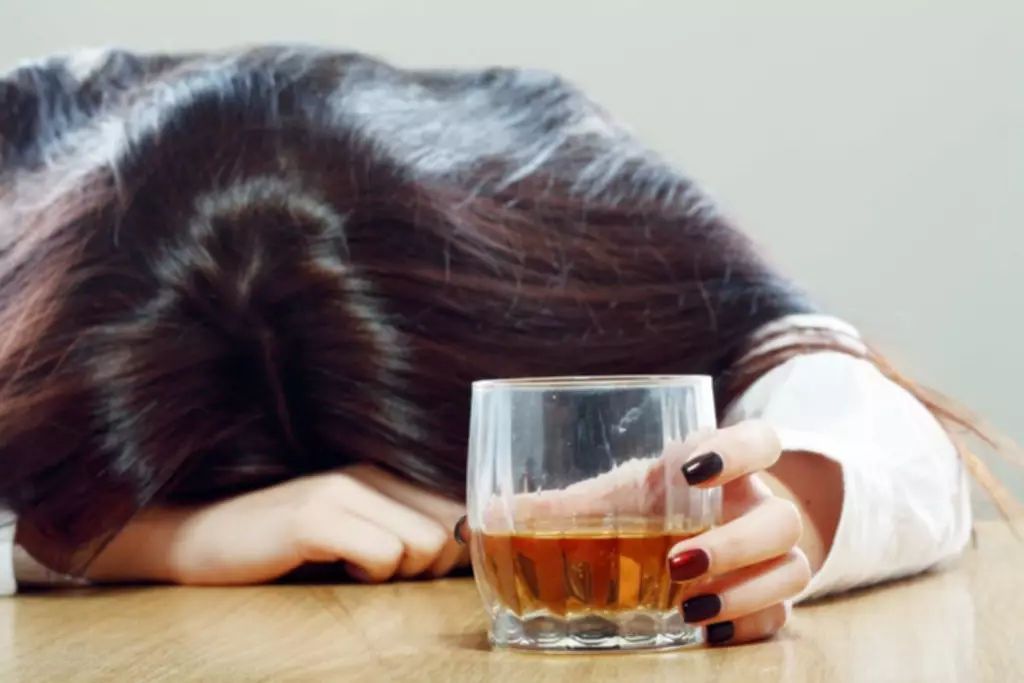These results are largely in agreement with the literature, though some disparities exist. For example, long-term alcohol self-administration resulted in decreased dopamine uptake rates in the dorsolateral caudate of male cynomolgus macaques [22, 24]. This group also found no difference in the quinpirole-mediated inhibition of dopamine release between alcohol and control male cynomolgus macaques [24]. It is likely that species, striatal subregion, and intake duration (6 months in the previous study versus 1 year in the present study) differences may account for many of the dissimilarities between studies.
- These substances usually trigger the release of dopamine, the body’s “feel-good” neurotransmitter.
- The burst-responses should not really be seen as travelling from the unconditioned rewards and punishers to their predictors; rather, the process of burst-firing develops anew in response to predictors that involve a Hebbian mechanism [42, 43].
- For example, rats receiving a palatable food for the first time exhibited significant dopaminergic signal transmission in the NAc shell.
- Alcohol use disorder is diagnosed on the basis of criteria defined in the fifth edition of the Diagnostic and Statistical Manual of Mental Disorders (DSM-5).
- When consuming alcohol, dopamine levels are raised just as high as they would with other drugs.
- In addition, fast dopamine release events (dopamine transients) commence at the onset of a conditioned cue [18, 19].
Presynaptic regulation of dopamine release by dopamine and acetylcholine
- To examine differences between tonic and phasic release, we applied stimuli at varying frequencies before and after the application of the β2 subunit-containing nAChR antagonist, dihydro-β-erythroidine hydrobromide (DHβE; 1 µM).
- They found that mice maintained on the LD5001 and H7012 diets consumed high amounts of alcohol compared to the other two diets (Quadir et al., 2020).
- Remember that you don’t need alcohol to enjoy the ‘sparks’ of life; all you need is a healthy brain.
- Another recent study compared mice maintained on four different commercially available rodent diets—LD5001, H7012, H2918, and LDV575—on IA alcohol consumption.
In line with the hypothesis that a partial dopamine D2 agonist would block the reinforcing effects of alcohol, aripiprazole attenuates alcohol’s ability to increase the locomotor activity in mice [178, 179](an indirect measure of activation of the mesolimbic dopamine system). On the other hand, aripiprazole did not interfere with the alcohol‐induced impairment in motor balance as measured by rotarod test [179]. Furthermore, repeated systemic aripiprazole administration decreases alcohol intake in alcohol‐preferring rats [180], while single oral administration dose‐dependently decreases alcohol self‐administration in outbred rats [181]. In addition, aripiprazole has been shown to reverse alcohol‐induced place preference and anxiety‐like behaviour in mice [182]. We focused on LD5001 diet for future experiments, as mice that were fed this diet consumed higher relative amounts of alcohol and had higher BECs.
- PET studies using antagonist radiotracers (e.g., [11C]raclopride, [12, 13, 67, 68] [18F]desmethoxyfallypride [14, 69]) have typically reported lower striatal DRD2/3 levels in AUD subjects compared to healthy controls.
- This is inconsistent with previous preclinical research that have demonstrated increased DRD3 expression in the striatum of rats [27] as well as in the dorsal striatum of mice [28] following voluntary alcohol intake.
- It sets the stage for learning that occurs between glutamatergic sensory inputs and GABAergic motor-related outputs of the striatum; this learning establishes the ability to search and avoid.
- Nicotine enables LTP in glutamatergic inputs to the dopamine system and primes the ability of cocaine to induce LTP in the amygdala [117, 118], a structure anatomically related to the striatum [119].
Emotions and brain function are altered up to one month after a single high dose of psilocybin
There were also textural differences between LD5053 and LD5001 compared to TL2019S, with TL2019S being grittier in texture than the LD diets. The difference in texture might result from a variety of reasons, including the method employed to sterilize these foods. It is unclear which of these differences contribute significantly to increased alcohol consumption. Increased NMDA receptor activity significantly increases the amount of calcium that enters nerve cells.
Hyperactive Dopamine Response Linked to Alcoholism
The dorsal striatum (DS) is implicated in behavioral and neural processes including action control and reinforcement. Alcohol alters these processes in rodents, and it is believed that the development of alcohol use disorder involves changes in DS dopamine signaling. As part of a collaborative effort examining the effects of long-term alcohol self-administration in rhesus macaques, we examined DS dopamine signaling using fast-scan cyclic voltammetry. We found that chronic alcohol self-administration resulted in several dopamine system adaptations. Following long-term alcohol consumption, male macaques, regardless of abstinence status, had reduced dopamine release in putamen, while only male macaques in abstinence had reduced dopamine release in caudate.
It should, however, be noted that recent clinical trials in alcohol‐dependent individuals were unable to find a beneficial effect of varenicline based on self‐reported alcohol consumption [212, 213]. Besides glycine receptors and nAChR, there are various signalling systems indirectly targeting the mesolimbic dopamine system with promising preclinical findings on alcohol‐mediated behaviours. Collectively, these data indicate that indirect modulation of dopamine signalling might be a potential target for novel treatment strategies for alcohol https://ecosoberhouse.com/ dependence and that these targets should be investigated in more detail in human laboratory studies as well as randomized clinical trials. Alcohol dependence is a chronic relapsing psychiatric disorder significantly contributing to the global burden of disease [1] and affects about four percent of the world’s population over the age of 15 (WHO). In the fifth edition of the diagnostic and statistical manual of mental disorders (DSM), the term alcohol use disorder was introduced and grossly defined as problem drinking that has become severe.

The burst-firing in response to predictors of rewards or punishers develops with age, as the animal learns about the environment. The burst-responses should not really be seen as travelling from the unconditioned rewards and punishers to their predictors; rather, the process of burst-firing develops anew in response to predictors that involve a Hebbian mechanism [42, 43]. Hebb has postulated a mechanism by which repeated synaptic input from a (predictor) cell that reliably precedes another (reward) neuron becomes linked to its target. As responses to predictors alcohol and dopamine develop, the burst-responding in response to the actual rewards or punishers is temporarily lost; responsiveness, however—in this case inhibition of firing—appears when the reward or punisher fails to appear at the expected time [44]. When burst-firing develops in response to reward-predictors it enables cellular learning in surrounding synapses; these are glutamate-GABA synapses localized within microns of the sites of dopamine release. Alcohol has been shown to increase the function of glycine receptors in laboratory preparations (Valenzuela and Harris 1997).
About this article
Prone to binge drinking? This might be why – Medical News Today
Prone to binge drinking? This might be why.
Posted: Wed, 24 Oct 2018 07:00:00 GMT [source]
Major similarities and differences in macro- and micronutrient compositions of the three standard rodent diets used in the study. Dopamine antagonists decrease lever-pressing for ethanol in a sucrose-fading procedure [130, 131]; this is done in animals that were experienced with ethanol and during intervals of alcohol deprivation. In a conditioned place preference study, alcohol is reported to be dopamine-dependent in alcohol-naive animals but not in withdrawn, experienced, animals [132].
- An important possibility in experiments blocking opiate self-administration with dopamine antagonists is that the antagonists act not only at post-synaptic receptors but also at dopamine autoreceptors [104] where they increase dopamine firing and dopamine release.
- In this study, we did not perform metabolomics studies to determine whether the different diets altered the metabolic profile of the gut microbiota.
- If necessary, patients may receive intravenous fluids, vitamins, and other medications to treat hallucinations or other symptoms caused by withdrawal.

